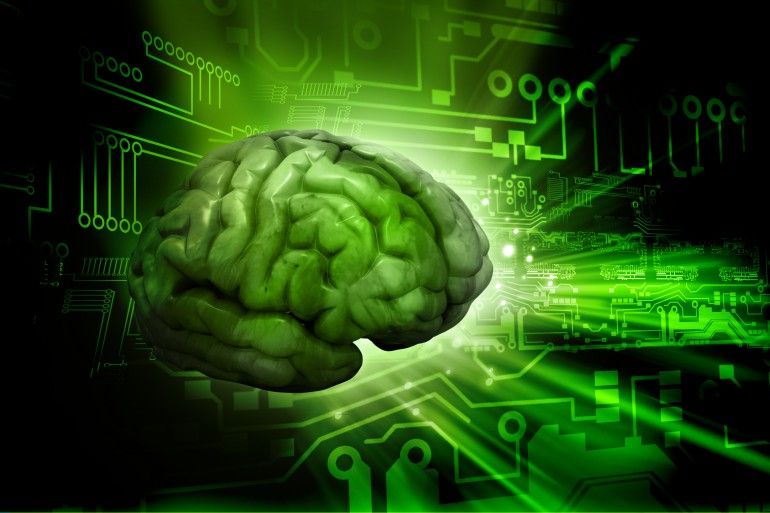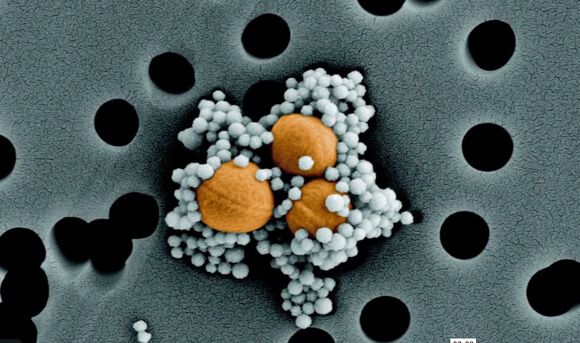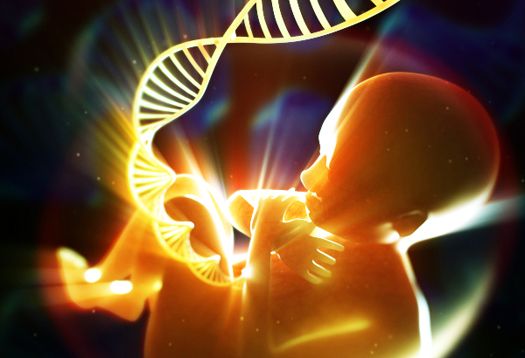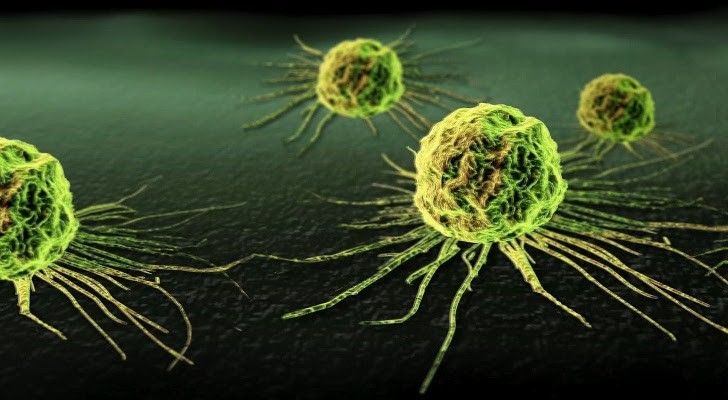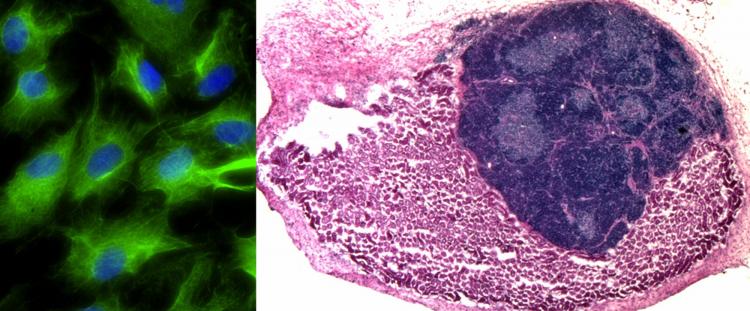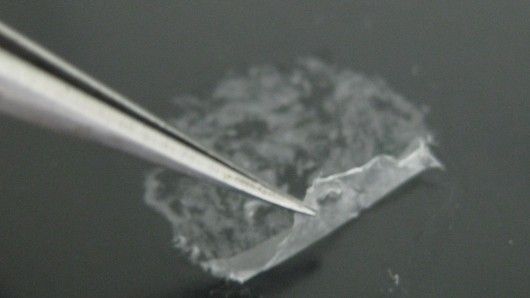Dec 26, 2014
Mutant gene prevents worms gaining weight from unhealthy diets
Posted by Seb in category: biotech/medical
By Nick Lavars — Gizmag

Sure, foods that are high in sugar are often the most tempting, but that sugar rush can come at a weighty cost. A new study conducted at the University of South Carolina has suggested that this may not need be the case. Researchers have identified a gene that can dictate how these foods are processed, potentially suppressing the weight problems that go hand-in-hand with unhealthy eating habits.
The research centers on a mutant gene called SKN-1 found in the worm Caenorhabditis elegans. The scientists fed a number of these worms a high-sugar diet and observed no difference in weight for those with a hyperactive SKN-1 gene, while those without the gene quickly began to stack on the nanograms.
